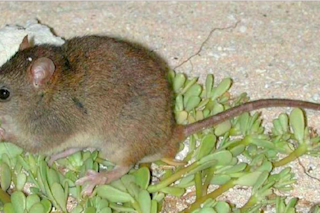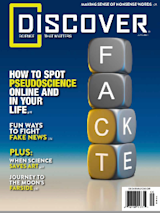This article appeared in the June 2021 issue of Discover magazine as "Do We Really Need to Protect Every Species?" Become a subscriber to support our science journalism.
Extinctions of species occurred long before humans arrived on Earth. By that definition, it’s a natural process. But today, extinctions are increasing rapidly — and very often linked to human activities. Take the Bramble Cay melomys, a small rodent on a remote island uninhabited by humans. In 2016, it became the first mammal to be erased from the planet due to climate change. Some conservationists mourned, but others questioned whether every extinction is something to worry about.
In the face of tough decisions about human lifestyles and the climate crisis, a split among scientists is surfacing. Losing one species may not change life as we know it, so perhaps our limited conservation resources should focus on preserving the biodiversity in those systems ...















